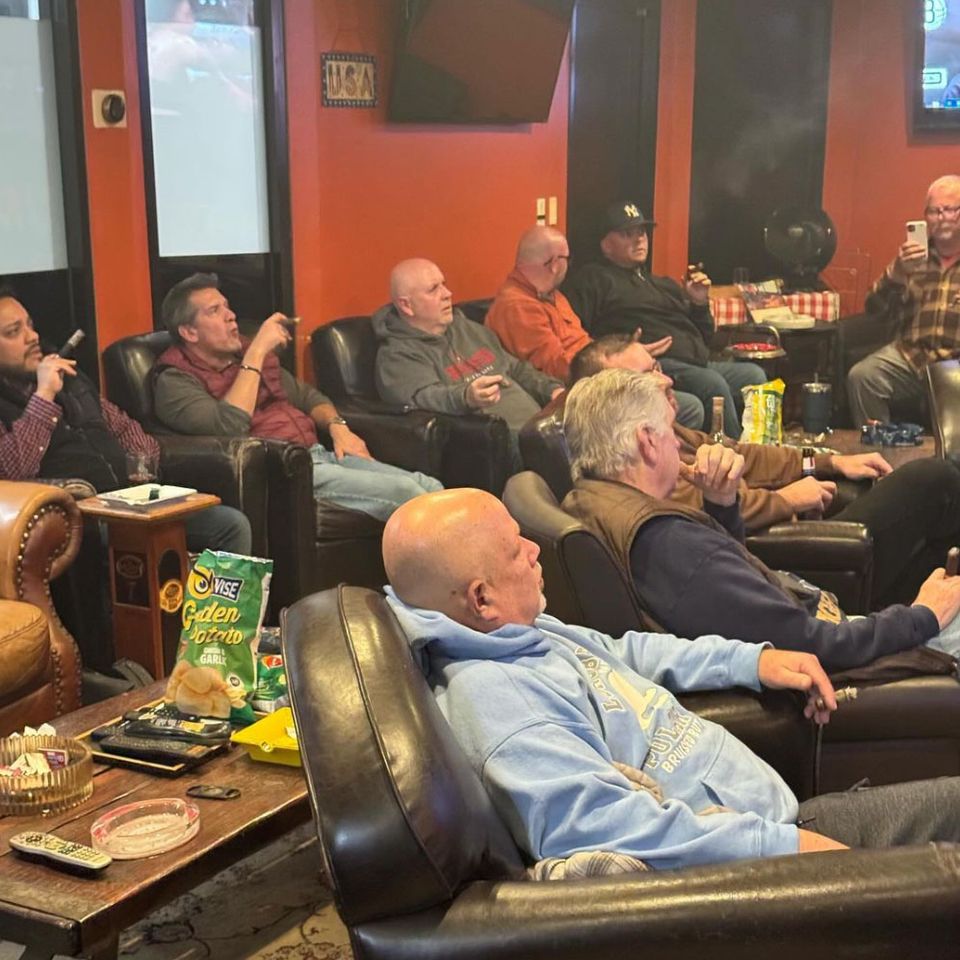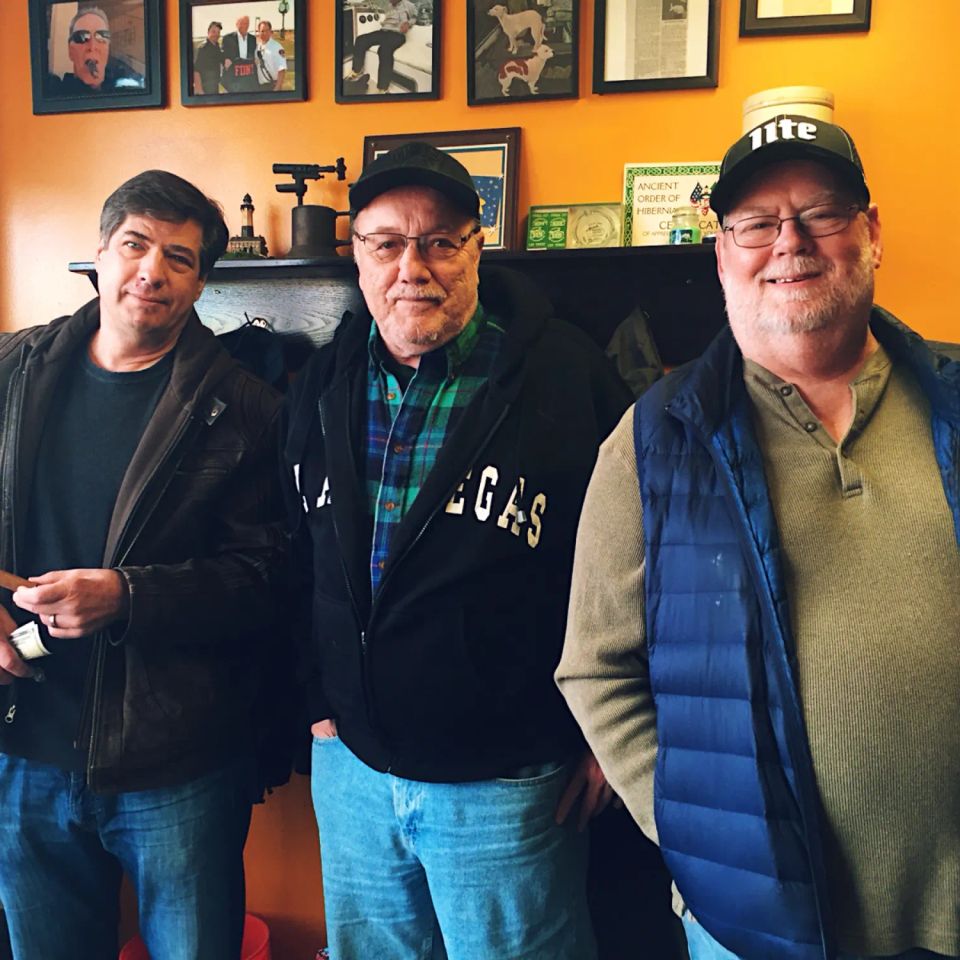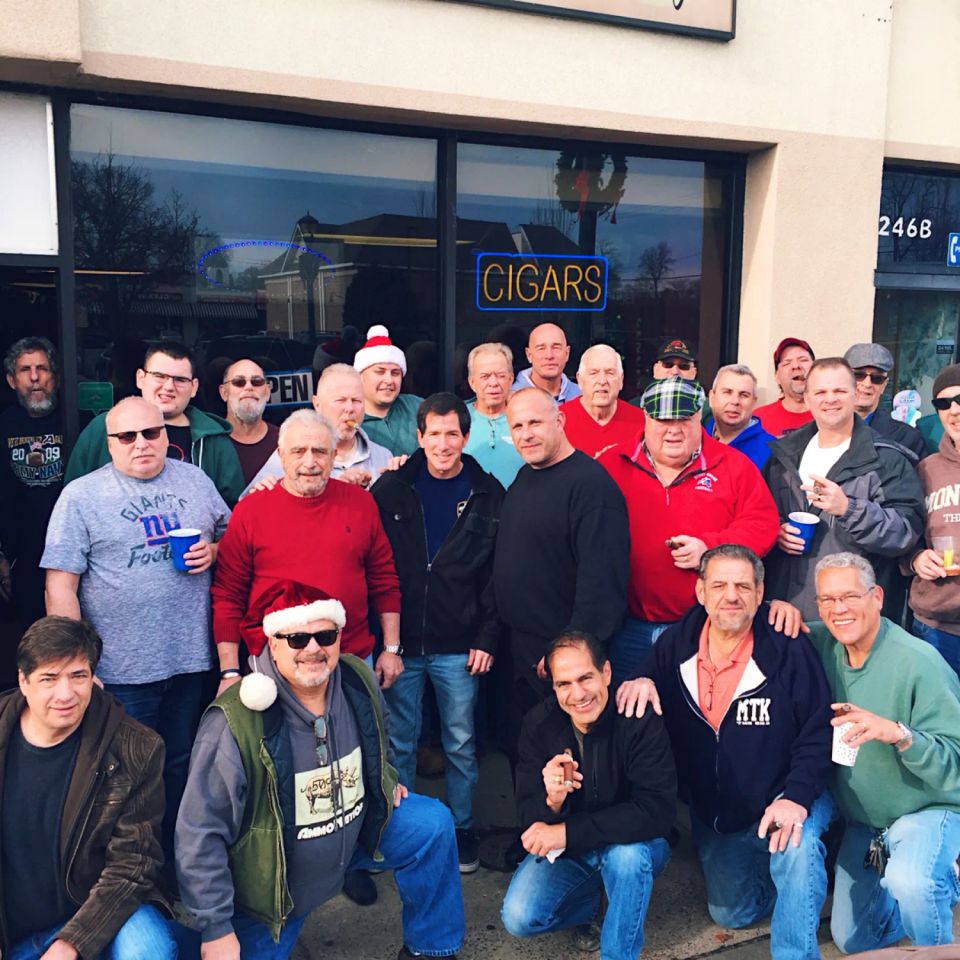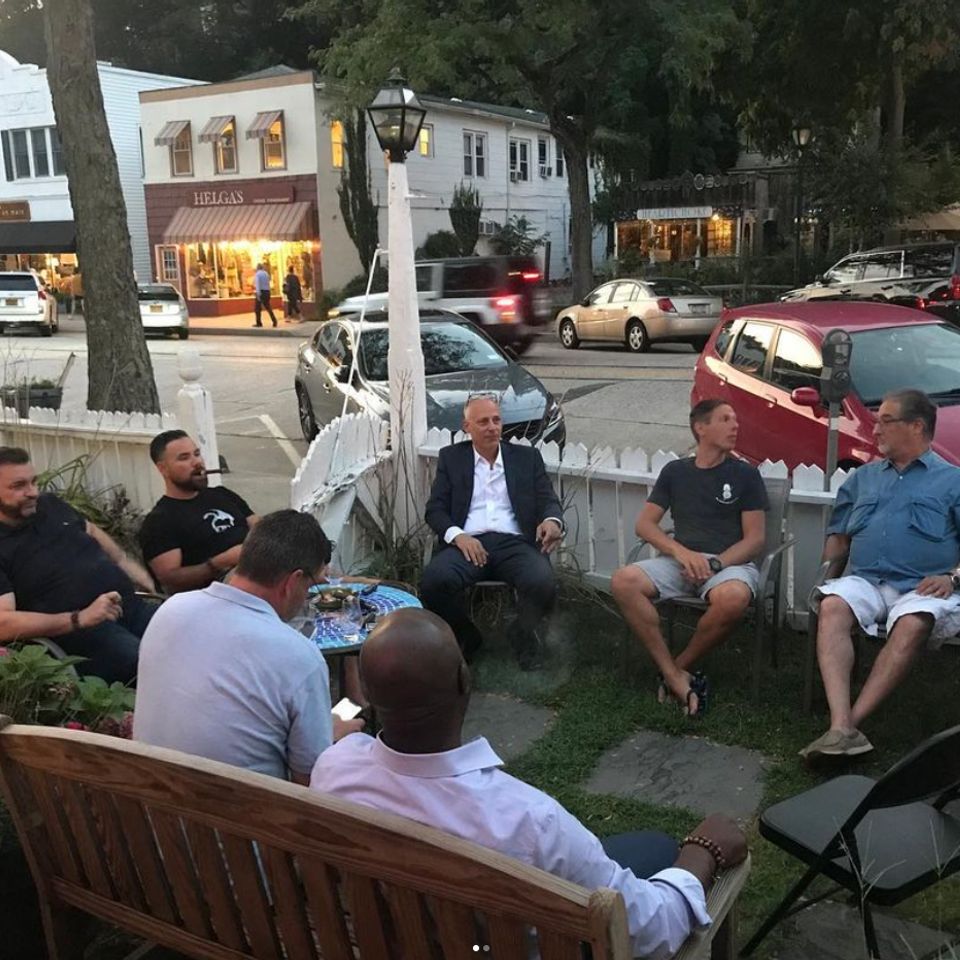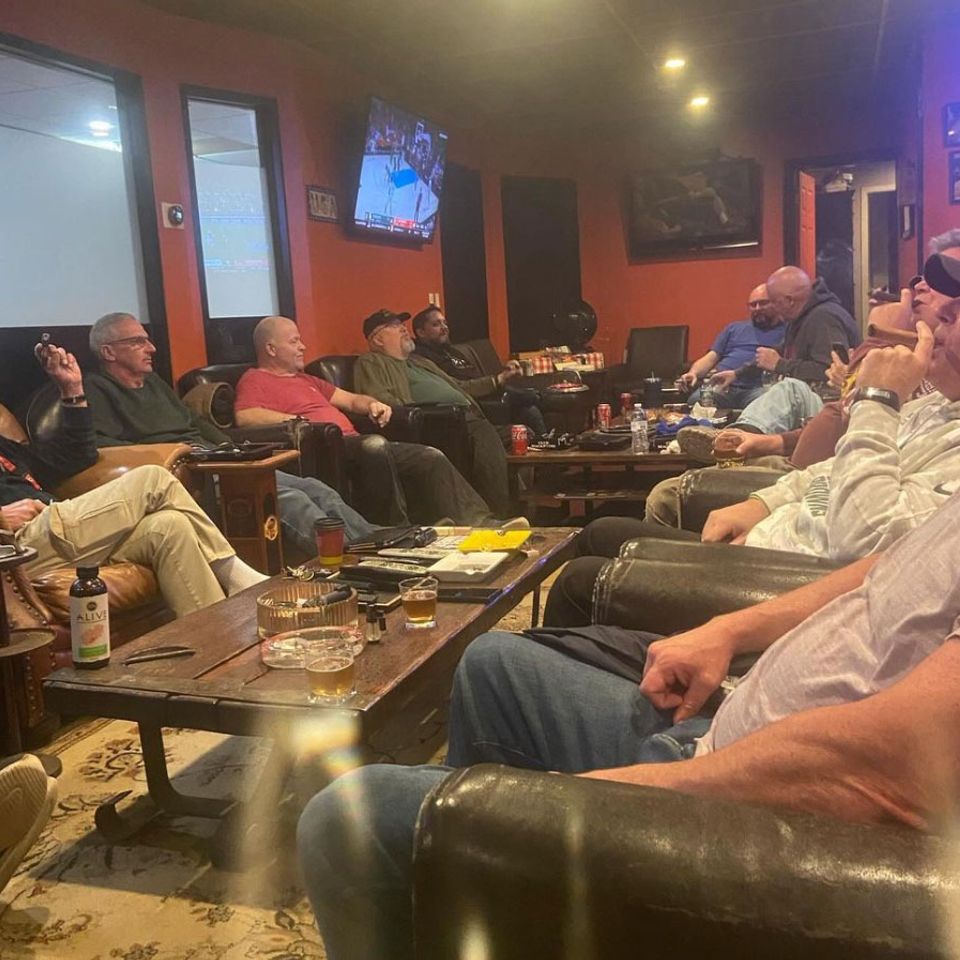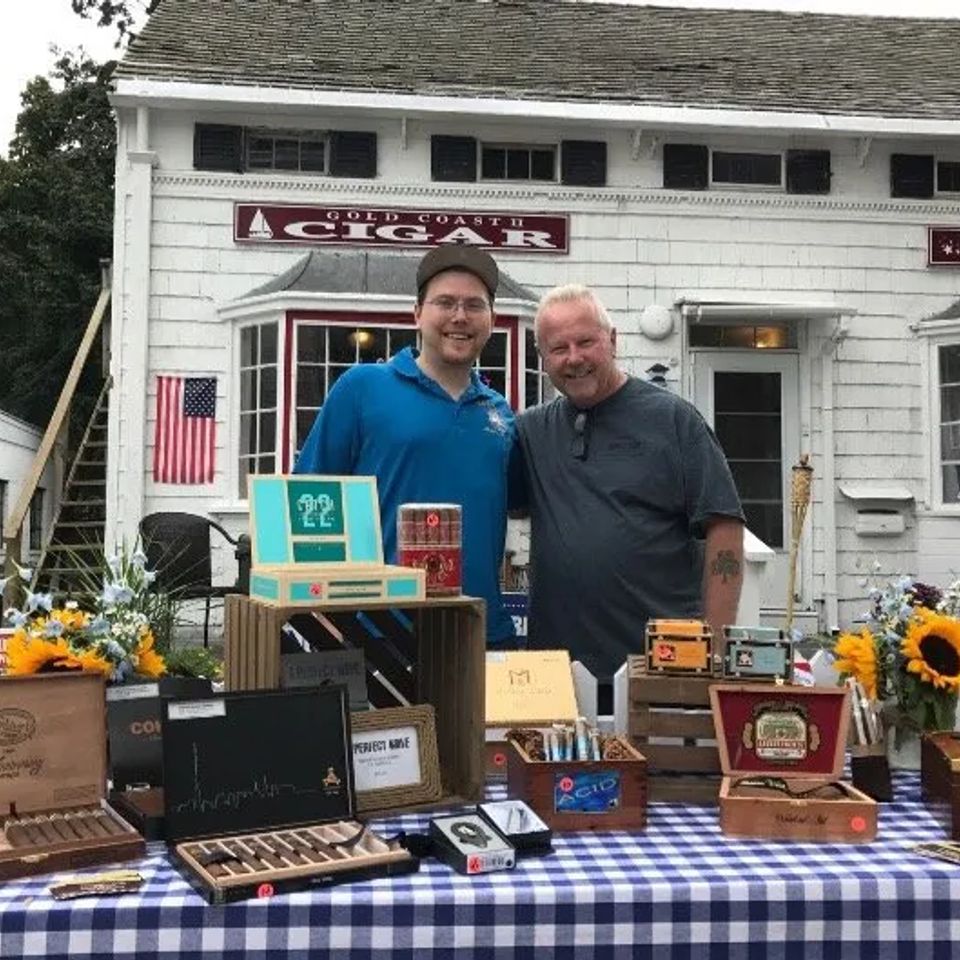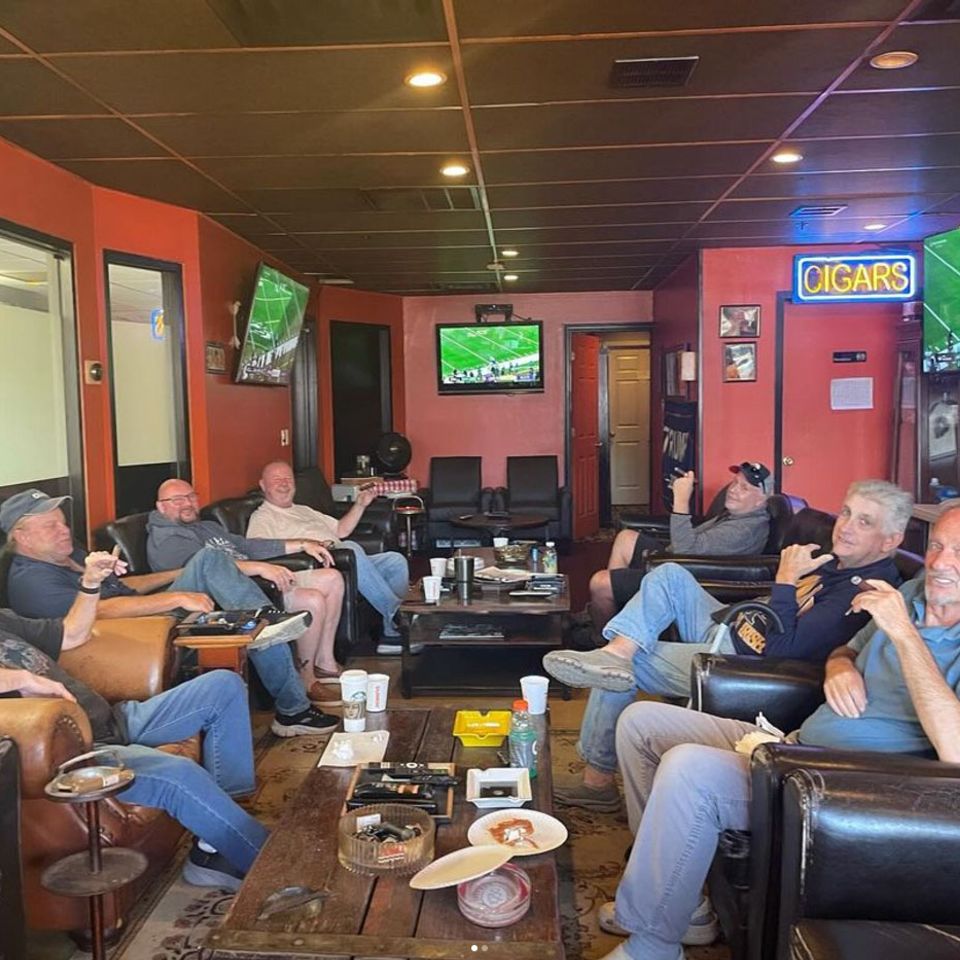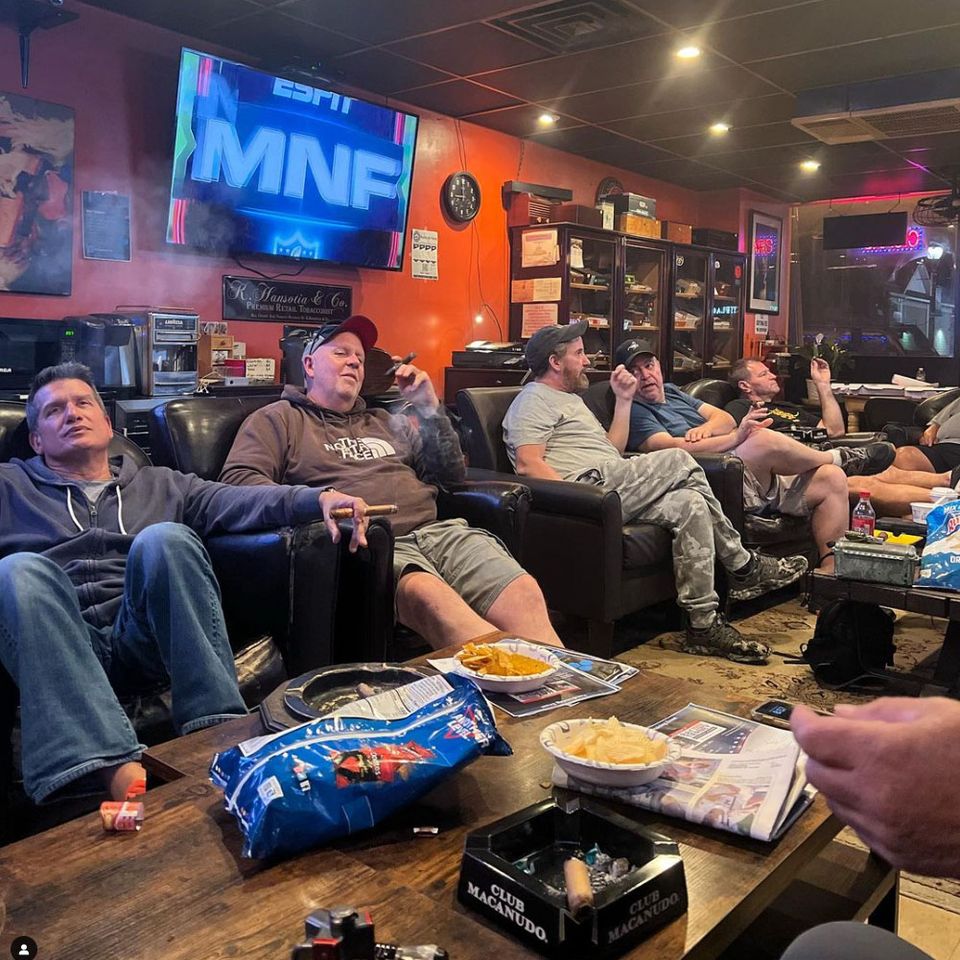

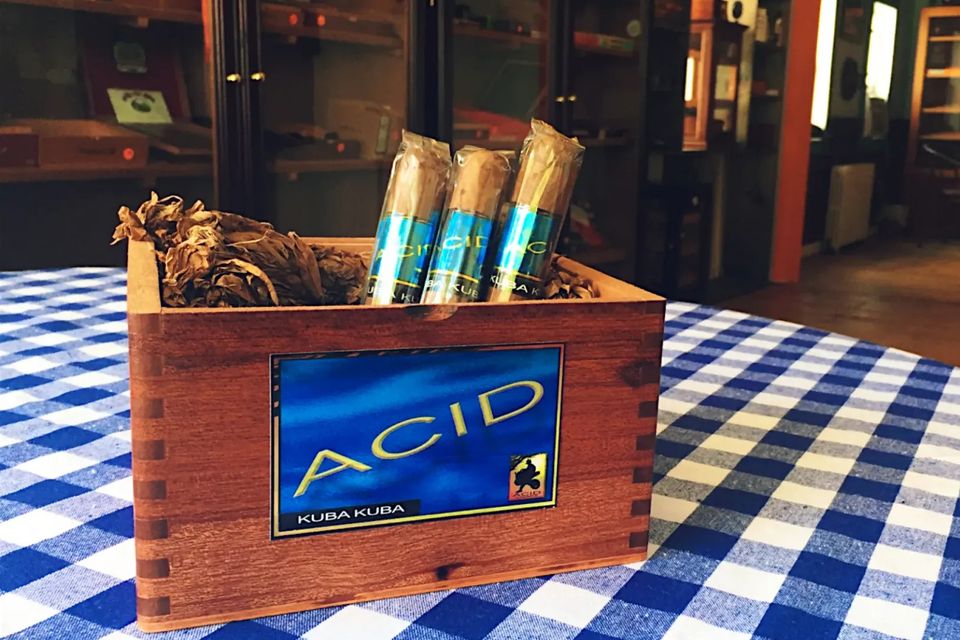
OUR STORY
ABOUT GOLD COAST CIGAR CO.
Gold Coast Cigar Co. in East Northport, NY, is your premier destination for premium cigars, catering to both seasoned cigar aficionados and newcomers alike. We take pride in offering a carefully curated selection of the finest cigars from around the world, ensuring every customer can find a cigar that suits their taste. With a knowledgeable team and a relaxing cigar lounge, we’re dedicated to providing exceptional service and an unparalleled cigar experience.
In addition to our retail offerings, we specialize in on-site cigar rolling services for events, bringing a unique and luxurious touch to weddings, parties, and corporate gatherings. Our skilled cigar rollers deliver craftsmanship and entertainment that make any occasion unforgettable for your guests. At Gold Coast Cigar Co., we elevate your cigar experience both in our lounge and at your special events.
In addition to our retail offerings, we specialize in on-site cigar rolling services for events, bringing a unique and luxurious touch to weddings, parties, and corporate gatherings. Our skilled cigar rollers deliver craftsmanship and entertainment that make any occasion unforgettable for your guests. At Gold Coast Cigar Co., we elevate your cigar experience both in our lounge and at your special events.
VISIT OUR TWO LOCATIONS
Gold Coast Cigar Co.
246D Larkfield Road
East Northport, NY 11731
246D Larkfield Road
East Northport, NY 11731
Gold Coast Cigar Co. II
146 Main Street
Northport, NY 11768
146 Main Street
Northport, NY 11768

QUESTIONS & ANSWERS
FREQUENTLY ASKED QUESTIONS
What types of cigars do you carry?
We carry a wide range of premium cigars from some of the most respected brands in the industry. Whether you're looking for mild, medium, or full-bodied cigars, we have something to suit every taste.
Do you offer cigar rolling services for events?
Yes! We provide expert cigar rolling services for weddings, parties, corporate events, and more. Our skilled rollers will create cigars on-site, adding a unique and memorable experience to your event.
Can I book a private event at Gold Coast Cigar Co.?
Absolutely! We offer our lounge for private events, where you and your guests can enjoy cigars in a comfortable, relaxing atmosphere. Contact us to learn more about our event packages.
Do you offer personalized cigar packages or custom orders?
Yes, we can create custom cigar packages tailored to your needs, whether for personal enjoyment or special occasions. We also offer personalized cigar bands for a unique touch.
What accessories do you sell?
We offer a variety of high-quality cigar accessories, including cutters, lighters, humidors, and ashtrays, to enhance your cigar experience.

EXPERIENCE LUXURY
WITH EVERY CIGAR
At Gold Coast Cigar Co. in East Northport, NY, we bring the art of fine cigars to your hands. Book our cigar rolling services today and make your next event truly unforgettable.

